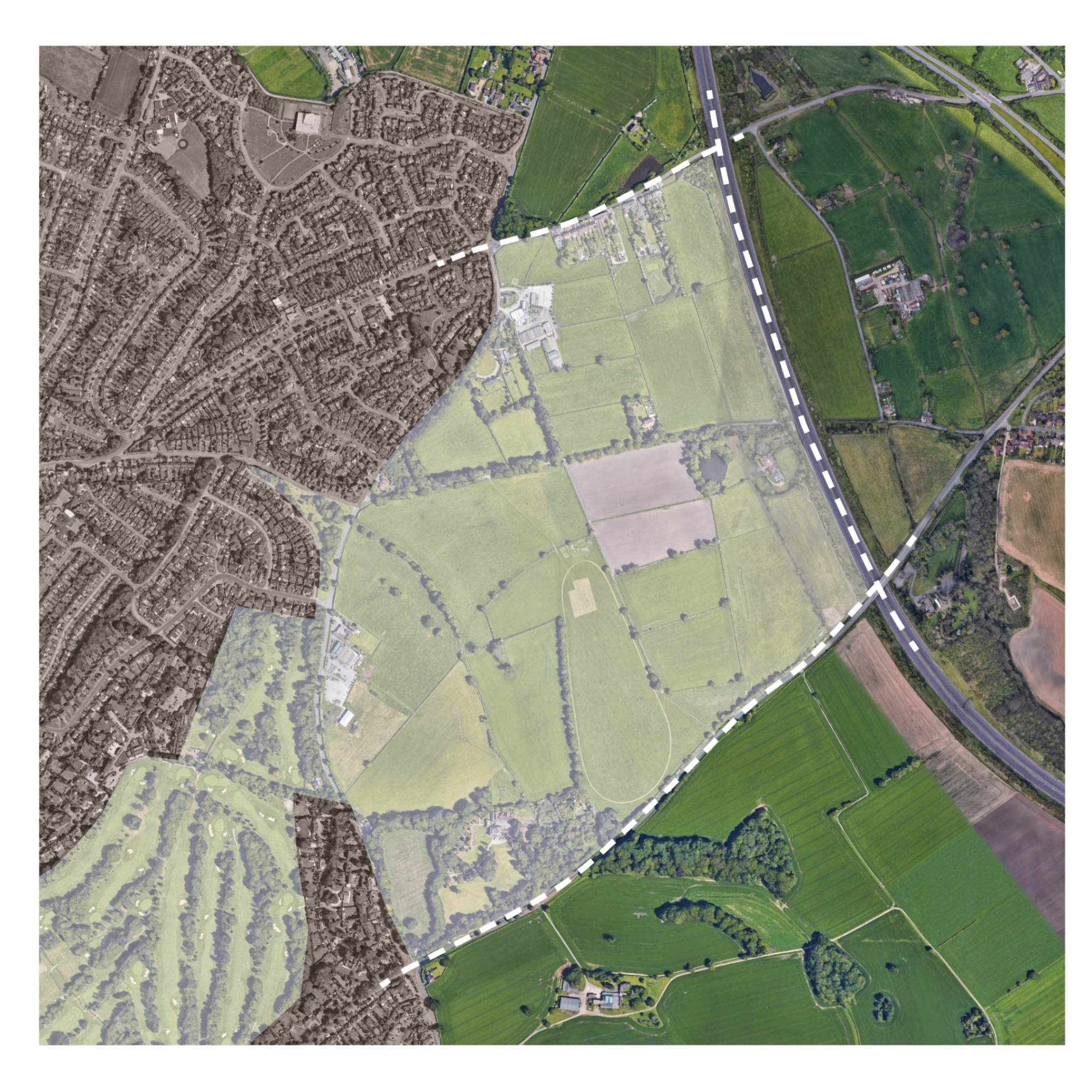Planning - NPPF, what do you need to consider?
The Labour government is shaking up the planning system. Jonathan Wish and Robert Mitchell from our Residential Developing & Planning team offer a need-to-know guide for landowners
3 minutes to read
Building 1.5 million new homes in five years may sound like an aspirational target when construction began on fewer than 150,000 in 2023. However, this is what the new Labour government have pledged to do.
To help achieve this step change in housing delivery, a significant revamp of the National Planning Policy Framework (NPPF) is underway. A consultation on the changes closed on 24th September.
But what changes to the NPPF are being proposed by the Ministry of Housing, Communities and Local Government, and what do they mean for rural landowners?
The NPPF provides the framework for what can be built and where in England. Arguably, the biggest shift in Labour’s proposals is a reduction in housing targets for urban areas.
This means a greater share of the new homes will need to be built in the countryside, providing more opportunities for farms and estates with potential development sites.

Map showing candidate 'grey belt' land for development within the West Midlands green belt. Source: Incola Landscape Planning.
Local authorities (LAs) will also have to identify enough sites to deliver the five-year housing targets that will be set.
Green belts
However, LAs on the edges of urban areas have long argued that it is very difficult for them to deliver lots of new homes because most of the land they cover is classified as greenbelt.
Green belts were designated in the 1940s to contain the spread of urban areas. The 14 green belts surrounding English cities now cover around 12% of the country. Getting planning consent to build on them has been notoriously difficult.
Now, however, the NPPF will state that LAs unable to find enough sites to hit their targets outside the green belt will have to start looking inside it.
Grey belts
The focus will be on areas of the green belt that have been previously developed, for example, the site of an old petrol station. This has been dubbed the grey belt. Our own research suggests there could be over 11,000 grey belt sites.
In short, what this means for rural landowners is that areas of their farms or estates that would have been at the bottom of LA’s list of potential development sites could now be much closer to the top.
If you’ve given up on ever getting consent for a site you thought might be good for new homes, now is the time to get it reassessed.
Land near existing transport infrastructure will always be preferred by developers, but the changes to the NPPF mean not all the required sites will be obvious.

Developing on enclosed grey belt land could prevent urban sprawl further out into the countryside.
Agricultural land
In addition to grey belt sites, infilling blocks of agricultural land within the green belt that are already constrained by roads or existing housing will have more potential, as their contribution to urban spread will be limited.
The NPPF changes won’t address all the issues that make development such hard work, like a lack of local authority planners, but we do believe previously overlooked sites will now have much more potential.
Please contact Jonathan or Robert if you wish to discuss development opportunities for your land, and find out more about their services here.
To read more on the proposed NPPF changes, click below to download or request a printed copy of the latest edition of The Rural Report.
Access full report